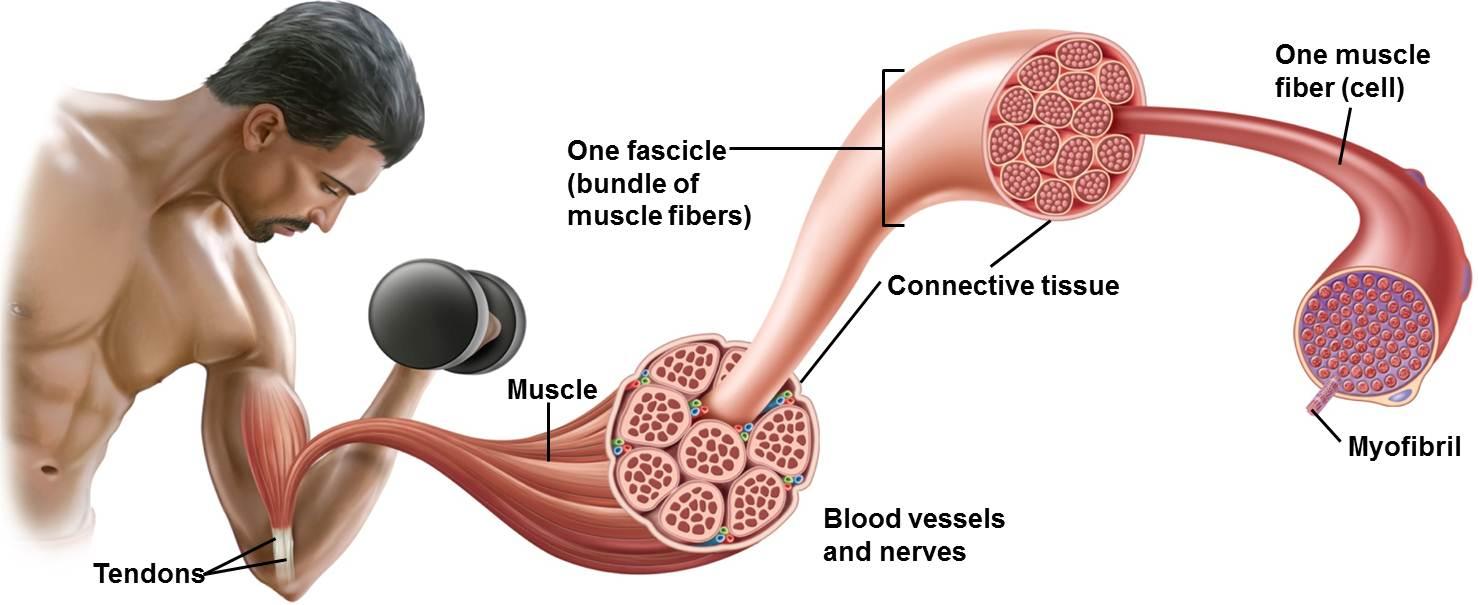| FRICTION |
| Friction is defined as the resistance to motion of moving surfaces that touch. Friction is everywhere. It's the driving force behind walking and the reason why rigid objects do not slide down incline planes. As you may have guessed, friction is present in just about every workout you do. From lifting free weights to the resistance you feel on cable machines, friction is behind the scenes. In the weight room, friction is ultimately narrowed down to two sources: the friction between your muscles and the friction from equipment. |
|
Muscular Friction
There are three types of muscular
friction: concentric, static and eccentric. Each of
these terms refer to a specific type of muscle
contraction. Concentric, also know as positive strength,
is the contraction in which the muscle shortens against
a resistance similar to when you lift a weight. Static
contraction occur when the muscle exerts tension;
however, there is no significant change in length. This
is similar to when you hold weight in static
equilibrium. As you lower the weight the muscle
lengthens against a resistance. This contraction is
known as eccentric or negative strength. Studies show
that there is a relationship between these contractions
and the amount of weight each contraction can
handle. It was determined by researchers that
during static contraction your muscles can handle 20%
more than concentric contractions. More astonishing,
during eccentric contractions your muscles can handle
40% more weight than concentric contractions. In simpler
terms, if you can lift 100 lbs concentrically then your
muscles can hold 120 lbs statically and lower 140lbs
eccentrically.
|
 |
| You might be wondering
what does friction have to do with all this technical
talk. Well it is simple during concentric contraction
while you are lifting weight, internal muscular friction
is actually working against you. At the peak where you
cannot raise the weight any further, you are no longer
working against friction but force of gravity acting on
the system is still working against you explaining why
your muscles can handle 20% more weight statically.
Finally during eccentric contraction, friction is working
with you as the weights are lowered explaining why our
muscles can handle 40% more weight. To learn more of how
to adapt your workouts to increase your negative and
positive strength feel free to refer to Body-Building.com |
 |
Mechanical
Friction Just about all the machines whether they
are driven by cables, chains, or belts have some
resistance due to the friction from the equipment. Its
important to note that mechanical friction does not
apply to free weights because there is no mechanical
moving parts involved. Fitness companies attempt to
minimize the mechanical friction of their equipment in
order to reduce any additional resistance force.
However, any time there are moving parts involved
friction will always be present. The friction involved
with exercise equipment follows the same behavior as
muscular friction with the addition of the friction due
to machine. For example during lat pull downs with
stacked weights (as seen in the photo to the left) your
muscles experience the combination of the stacked weight
plus the internal muscular friction plus the mechanical
friction from the machine. In simpler terms if you set
the weight on the machine to 100 lbs, and internal
muscular friction added an additional 10 lbs, with 5 lbs
of mechanical friction then the total weight experience
is 115 lbs.
|
| Previous « Home
» Next |